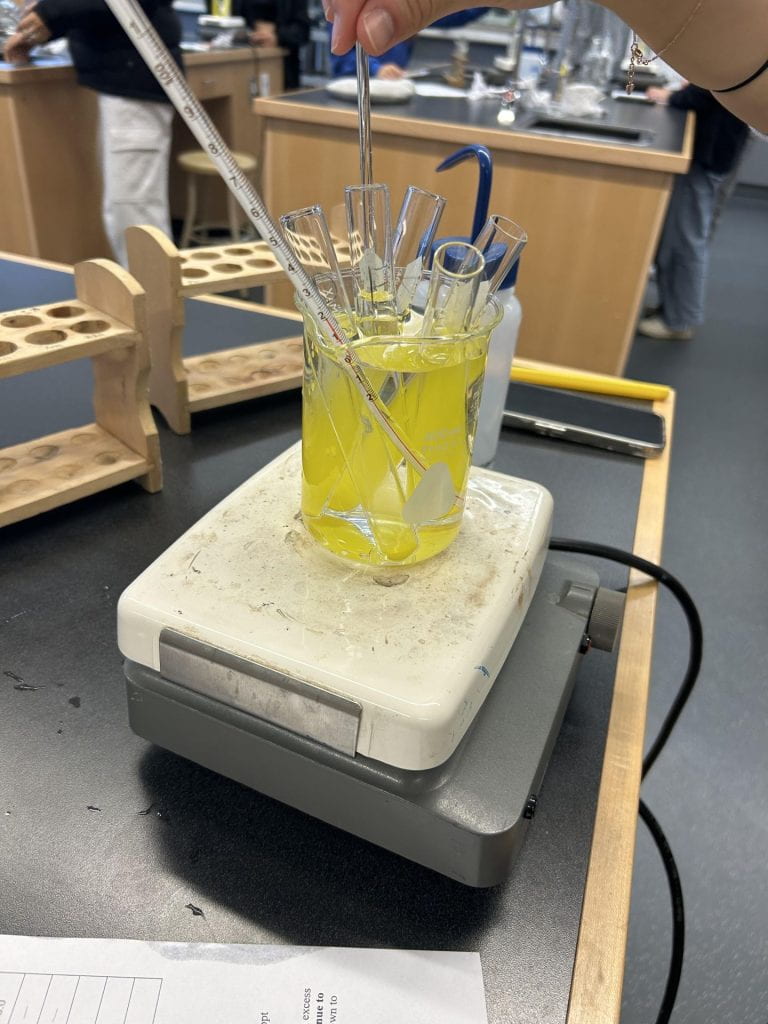The purpose of this essay is to discuss the 1953 play, “The Crucible.”. This essay will talk about the behaviors of different characters in a pre-conventional, conventional, and post-conventional manner. These behaviors are related to Kollberg’s moral precepts, used for explaining things in expository writing. The three different perspectives are used depending on the way the characters act in different situations and points in the literature. We can fully understand the characters and the reasoning behind their actions by analyzing the three types of moral development. And we can find out which category the characters fall into using this strategy.
There are many examples found within the literature that demonstrate characters acting in a pre-conventional manner. Pre-conventional characters behave in a way to avoid punishment and obtain reward. The first character that is pre-conventional is Tituba. Tituba, who is a slave, demonstrates this behavior when she is threatened by her master, Reverend Paris. He says, “I will take you out and whip you to your death.” This threat is directed at Tituba. He is trying to get Tituba to admit that she spoke with the devil. Tituba ended up confessing, even though she was innocent. This demonstrates pre-conventional behavior because she confessed to something she didn’t do to avoid getting whipped to death. In addition, Abigail is another example of a character trying to avoid punishment. “I saw Sarah Good with the devil”, is what she said when being accused of her crimes. She was essentially trying to blame others for her own actions. Abigail manipulated everyone to believe that she had done nothing wrong. Which illustrates her willingness to lie to protect herself from punishment. Additionally, Mary Warren demonstrates this behavior when she says, “I I remembered everything she done to me!”. She says this when talking to John Proctor about Abigail. She mentioned how Abigail mistreated her all the time and how she was always manipulated by her. This moment highlights Mary Warren struggling to reconcile her loyalty to Abigail. She wanted to drift away from Abigail to avoid being abused. Thus, avoiding punishment. From the examples provided above, we can say that the three characters mentioned all have the same goal of avoiding punishment and obtaining a reward.
There are many examples of conventional characters in “The Crucible.” Conventional characters behave in a way to fit into a certain group. The first character that is conventional is Mary Warren. “I go your way no more”, is a line which was spoken by Mary Warren. Mary is implying that she is done being mistreated. She decided to testify against the girls, including Abigail. By testifying against them, Mary is demonstrating conventional morality. Rather than following the crowd, she begins to assert her own values rather than following everyone else. Furthermore, John Proctor is another character that is conventional. “I have three children – how may I teach them to walk like men it the world”. This statement made by John Proctor reflects conventional behavior because his goal is to be a good example for his children. Proctor saying all those things demonstrates the care he has for his children and their values. He is always trying to figure out a way to teach his children how to be honorable individuals in the future. Another example of a conventional character is Giles Corey. Corey is known for being a man of justice and truthfulness. When the court tries to accuse John Proctor, Giles Corey states, “I have only last month collected four pound damages for you saying I burned the roof off your house.” Corey goes to court and stands up against their injustices. Giles Corey believes that the court isn’t fair for accusing innocent people. This demonstrates conventional behavior because of his motivation for justice in the courtroom. In summary, we have a demonstration of conventional behavior from Mary, John, and Giles. They all have different goals, but they all want to be accepted by their groups.
“The Crucible” contains many post-conventional characters. These characters make decisions based on their own beliefs, rather than following the rules of society. An example of a character that behaves in a post-conventional manner is John Proctor. “I speak my own sins, I cannot judge another.” What John Proctor means by this is that he has a deep understanding of individual responsibility. He does not want to judge others or blame them for their sins. He demonstrates respect for people acting according to their own personal desires, regardless of punishment or reward. Secondly, Elizabeth is another character that demonstrates this type of behavior. Instead of falsely confessing to witchcraft, John Proctor decides to get executed. Elizabeth says, “He have his goodness now. God forbid I take it from him.” Elizabeth demonstrates her respect for John by letting him die. She knows that nothing will change John’s mind, therefore she does not try to persuade John or make him change his mind. Elizabeth believes that accepting this is the right decision for the family. Lastly is Giles Corey. “More weight” is what he says when they are trying to crush him to death using the concrete slabs. The men are trying to get names out of Corey. However, Corey won’t budge and has decided to take all his secrets to the grave. When he makes this statement, he is implying that he doesn’t care whether he lives or not. His best interest is keeping his secrets and making sure no one finds out. Overall, these three characters demonstrate post-conventional behavior throughout the play.
In conclusion, it is evident that Kollberg’s moral precepts have helped readers build a better understanding of the behaviors of different characters. We can also say that these stages of moral development can help us figure out why these characters act in these confusing and unordinary ways. By analyzing the literature, we can figure out whether the characters land in the pre-conventional, conventional, or post-conventional categories.





